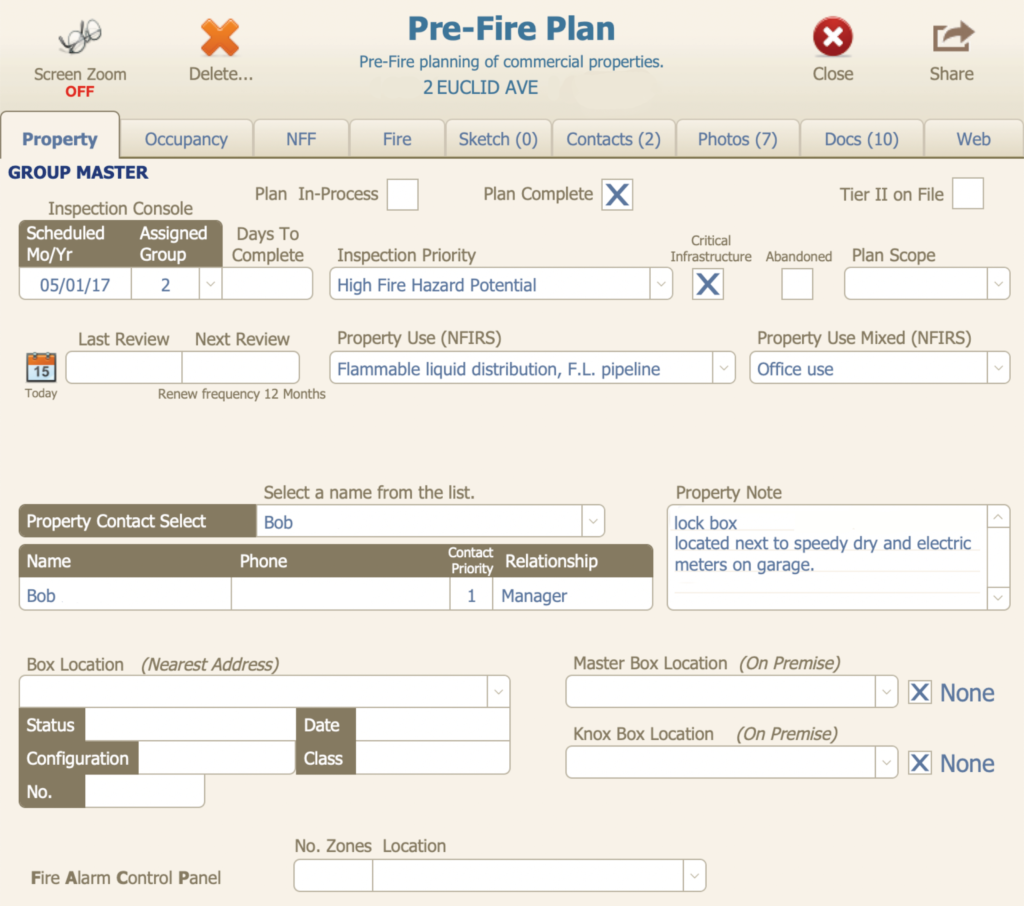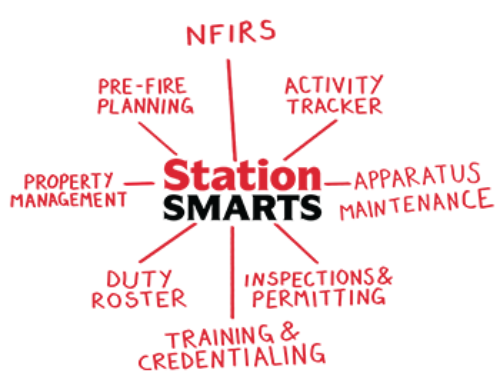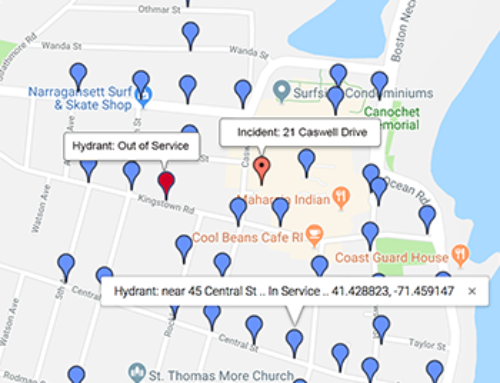True or False?
Most responding crews have little-to-no critical data when responding to a call.
TRUE.
Command staff know the high value of having relevant data prior to a reponse, a critical part of situational awareness. An effective Pre-Plan program is based on creating, storing, exchanging, analyzing, and integrating information into a comprehensive, easy-to-use checklist, which is tablet accessible. With StationSMARTS’ Pre-Plan checklist, critical data is easily collected and readily available to first responders on the way to a scene.
Yet, responding crews are typically required to make critical decisions regarding tactics with little-to-no information prior to arrival at the scene. No doubt, this limits their decision effectiveness, potentially impacting the outcome at incidents. A key aspect of preparation is having actionable, real-time, accurate data during the initial response for arriving crews.
Well conducted Pre-Plans assist responders in determining the best options to mitigate loss. At the first alert of an incident, command staff can quickly retrieve information from the Pre-Plan to lay out tactics for suppression and rescue, and to notify needed community services.

When preparing for and traveling to incidents, first responders must make critical decisions quickly. That requires detailed and up-to-date information about the incident, including threats to resources, staff and citizens, the emergency resources available, and the surrounding environmental conditions. Pieces of data alone may be of little use. However, a compilation of facts can be telling, such as building structure and design, water source locations, water supply rates, hazardous chemical presence and quantity.
Pre-Plans serve as the foundation for this type of data-driven decision making. Our address-based data collection method is the model of how information can be tapped to impact on-the-ground decisions. The Pre-Plan Checklist, optimized for tablets and iPads, streamlines the acquisition and access of this critical site information.
Our Pre-Plan checklist allows a complete assessment of a building’s hazards: construction design and materials, blueprints, utilities, configuration details, building layout, presence or lack of built-in fire protection systems, special life risks, exposures, and occupants.
Stationsmarts Pre-Plan Capability:
- Assign and schedule advance onsite visits.
- Integrated with Property Module for ease of locating the Pre-Plan
- Record and store property plans, floor plans, and address history.
- Access critical contact data for business owners and property managers, automatically linked to the property
- Locations or absence of sprinklers
- Map of area hydrant locations, along with hydrants that are out-of-service
- Locations of standpipes, building entrances, interior stairwells, elevators, annunciator panels
- Take and store photos of sprinkler systems, standpipes, and control panels
- Identify master and knox box locations
- Pre-populate NFIRS with property use codes
- Building construction materials and methods
- Identify hazardous material and attach documents such as Tier II reports
- In-route quickly determine if a Pre-Plan does exist and open it.
- Determine water flow with a built in calculator
- Unlimited storage for videos, photos, and documents
- Import links and data from the assessor’s files
StationSMARTS is designed to aid in establishing Pre-Plan initiatives for scheduling and conducting varying site surveys, so that responding departments can better understand risks and resources when responding.
For more information, watch our video on Pre-Planning in StationSMARTS:


